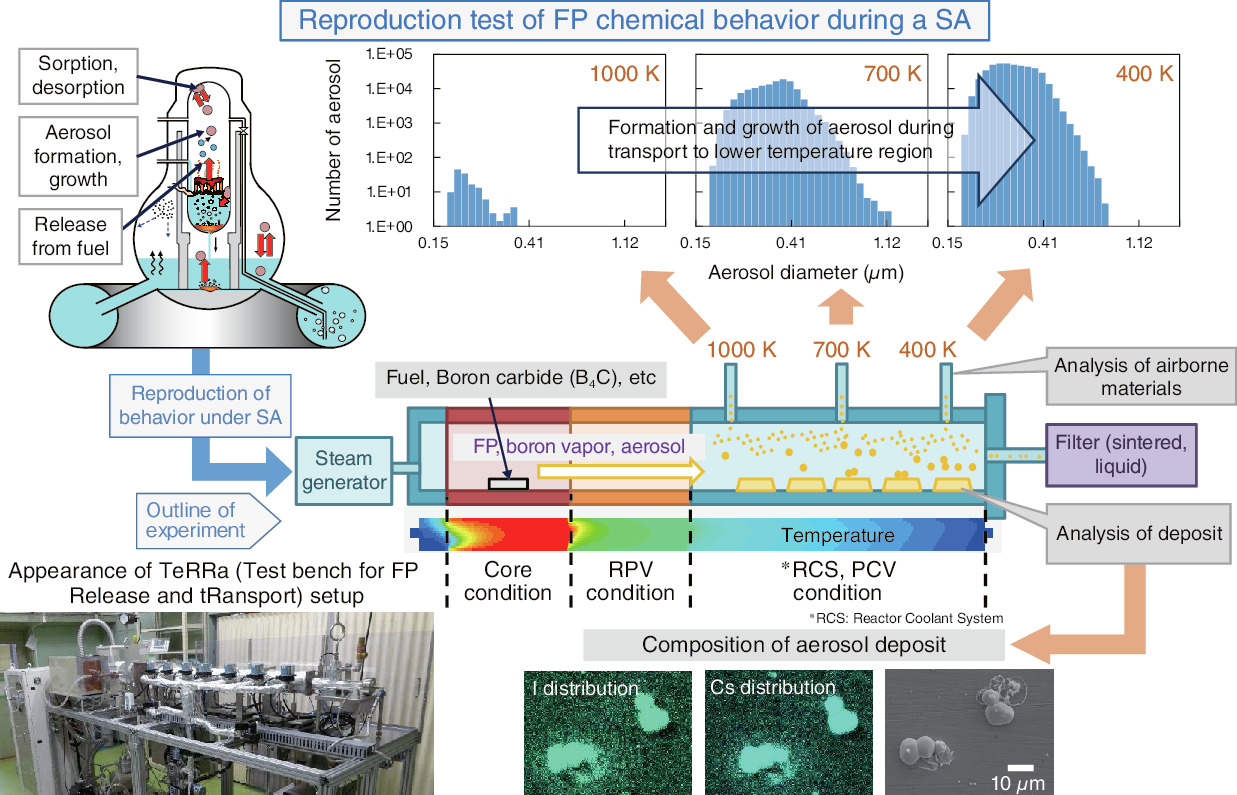
Fig.1-6 Technological development for reproductive experiments of FP chemical behaviors under SA conditions
One of the most important and urgent issues for the decommissioning of the TEPCO’s Fukushima Daiichi NPS is to decide the method of fuel debris removal. The distribution of cesium (Cs), which is the main radiation source in the reactor, is critical for this issue, and its characteristics such as chemical form and properties are required information for the evaluation of changes in the distribution over the course of years. In a severe accident (SA), Cs is released from fuel and reaches the primary containment vessel (PCV) through high-temperature regions such as the reactor pressure vessel (RPV). Therefore, the chemical reaction and physical behavior under such a high-temperature condition should be identified for the evaluation of the Cs distribution and characteristics. However, there are difficulties facing this evaluation because Cs reacts with various materials such as other fission products (FPs) and structural materials in a non-steady way in the high-temperature region.
We started a basic study to evaluate Cs chemical behavior systematically and improve the model in the high-temperature region of the reactor. The model will be used to improve the SA analysis code, which will lead to a more accurate evaluation of the Cs distribution and characteristics around the PCV.
Our setup was designed to reproduce the contiguous chemical behaviors of Cs during transport in a reactor. The condition in the high-temperature region of a reactor during a SA would be a complex one where the changes in thermal-hydraulic condition, formation and growth of the aerosol, as well as the high-temperature chemical reaction, would occur simultaneously. Therefore, we designed this setup to have a simple path for FP transport to minimize thermal-hydraulic impacts upon the chemical behavior of Cs, and to measure changes in the aerosol size during transport for the estimation of its effects upon such behavior (Fig.1-6). Furthermore, the furnace used in this setup can reach a temperature up to 2500 K, enabling consistent reproduction of the chemical behaviors from fuel melting to transport in a reactor; this is an advantage of this setup compared with other similar setups.
We have previously confirmed that our setup can reproduce the formation and growth of Cs-containing aerosol under a SA condition by a heating test of a non-radioactive Cs-containing specimen. We also confirmed by chemical analysis of deposits that temperature where the Cs-containing aerosol was deposited is similar to the previous results under similar setups. From these results, we confirmed our setup’s reliability for evaluating the chemical behavior of Cs during transport in a SA (Fig.1-6).
In the future, we will proceed with acquiring data concerning the chemical behavior of Cs by the heating a Cs-containing specimen under various conditions. Modeling will be conducted based on analysis of the experimental data.